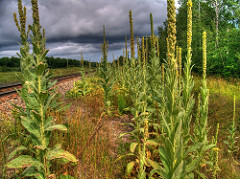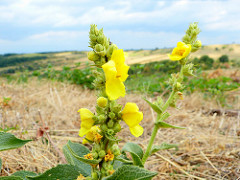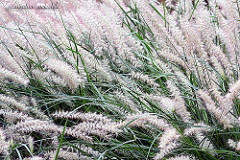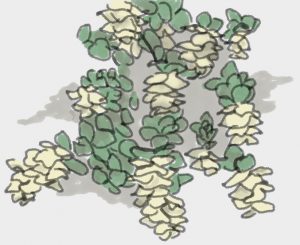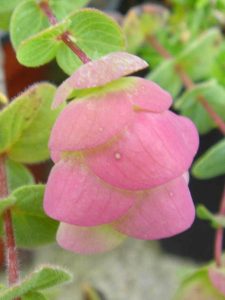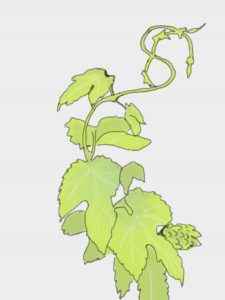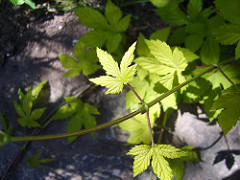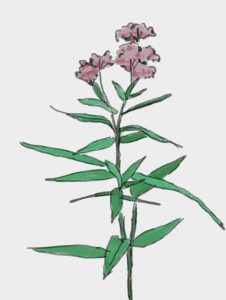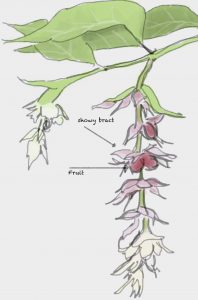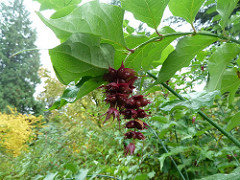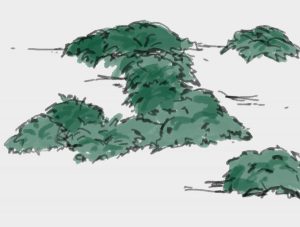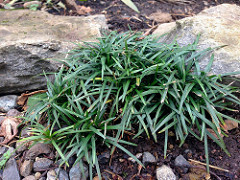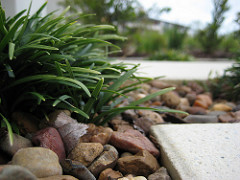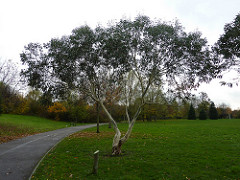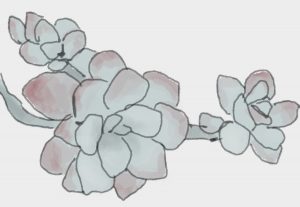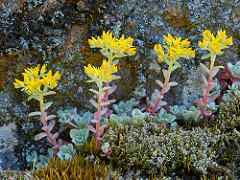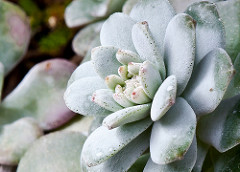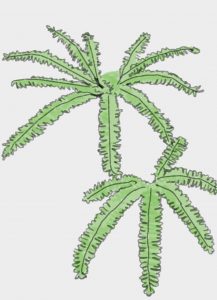 Adiantum aleuticum, Pacific maidenhair
Adiantum aleuticum, Pacific maidenhair
Family: Pteridaceae
Description:
This delicate deciduous fern is native to the Vancouver region and notable for its soft, fine-textured fronds that are pedately compound. Thin stems are purple-black, and offer a striking contrast to the green leaflets. Edge of leaves are rolled over, where the spores are borne.
Growing conditions:
Adiantum aleuticum is most often found in rock crevices near rushing water. It requires both significant moisture and drainage.
Suitable uses:
This is challenging fern to grow and the best site would be adjacent to a north-facing waterfall.
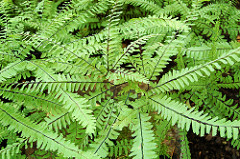
CC Image courtesy of InAweofGod’sCreation on Flickr



